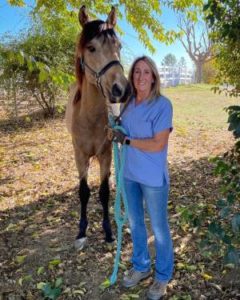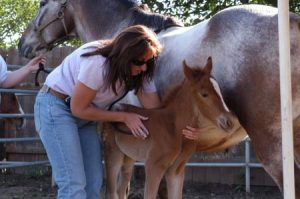
HORSE PUNCTURE WOUND WARNI …
Although they are sometimes related, abscesses and puncture wounds in the hoof capsule carry far different risks for a horse. When a horse steps on a sharp object-commonly a nail-the bacteria is driven deep into the hoof, close to crucial structures. Worse, the entrance tract is often very narrow and can quickly seal over, sometimes within hours of the injury, allowing the infection to develop without a sign. By the time the horse is noticeably lame, the infection may have already done significant and irreversible damage.
It’s not possible to draw the infection out of a puncture wound. Nor is it advisable to try to pare away part of the sole to reach the infection site. Treatment for puncture wounds is much more intensive, typically involving imaging to determine the depth of the puncture tract and the structures affected. Then surgery may be performed to remove any compromised tissues, some located deep within the hoof near the digital cushion, tendons and bursa.This is commonly referred to as a “street nail” procedure and is considered not just soundness preserving, but life-saving.
When an infection spreads beyond the confines of the hoof, the horse may also be treated with regional limb perfusion. This involves placing a tourniquet just . above the knee or hock and temporarily stopping the blood flow into and out of the hoofwhile niedications-in this case, antibiotics-are injected into the peripheral vein. This delivers a highly concentrated dose of medication directly to where it is needed.
If your horse steps on a nail or another sharp object, do not remove it. Doing so may make it more difficult to determine how much damage it may have done. Call your veterinarian immediately. Also seek veterinary assistance if you suspect your horse may have sustained a puncture even if he doesn’t seem significantly lame. The decision to delay veterinary attention in the case of puncture wounds can have heartbreaking consequences.

















